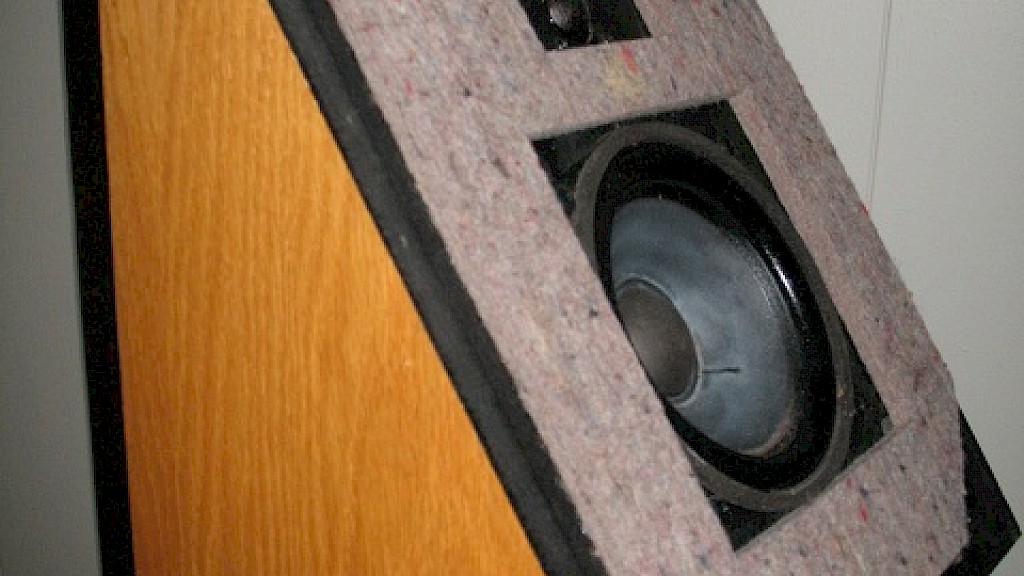Coherence: What is it? Is it important in music reproduction?
Mostly, when we hear the word “coherent,” we think of things logical, consistent, and well ordered. In science, the meaning deals with wave motion; be it light, sound or water. The waves become consistent and well ordered in both time and phase.
Wave Motion
A laser beam of a single color is coherent since all the light beams are matched up in phase and in time. White light is a mixture of many colors varying in both phase and time. Phase was pretty well discussed here: Phased Out: Part 1. In-time means simply that the delay from the source to the target is the same for the entire signal.
In water, normal waves on the ocean are like white light, a mixture of large and small waves going in many directions. Surfers wait for coherent waves that add up to much taller waves. Rough waves up to a hundred feet tall are very coherent (like a laser) and can travel thousands of miles before dispersing.
Music from an ensemble is more like white light since there are usually many sources scattered at various distances and angles to the listener. Music from a single instrument is much more coherent since it comes from one source at one distance from the listener. The first part of a musical event is very distinctive from instrument to instrument and to a lesser degree from performer to performer. It is these differences that allow us to follow a single performer in an ensemble.
Bringing it Home
This is all fine for live music not played through speakers, but how about music reproduced through speakers in the home? First, let’s address the simplest of speakers – a single-driver system. These designs are among the most coherent on the market and are well known for their “openness” and clarity. On single-driver planar designs such as some electrostatics, there is usually a trade-off of wide dispersion in the treble for better bass response. Now when you listen in their sweet-spot, you can enjoy some of the finest music reproduction yet achieved. I believe their inherent coherence contributes to this quality of reproduction. The placement of planar systems is critical and their sweet-spot is usually extremely small – both problems in many homes.
Coherence Problems
When you go to conventional, forward firing dynamic single-driver designs you may add some complexity and somewhat disrupt their coherence by the choice of driver. If the designer chooses a driver with a dust-cap, some time-smear is added in the treble where the dust-cap provides a second path for the sound that adds delay problems. This often shows up as irregular treble response. That is why many manufacturers prefer phase plugs to keep the treble in single-driver systems smooth. Other designers add whizzer-cones to extend the treble at the cost of high frequency resonances. Once again, they are trading coherence for frequency extension. When you go to a multi-driver design to gain the benefits discussed here: Are Single-driver Designs Better Than Multi-driver Designs?, you almost always run into coherence problems.
Timing Problems
The most common, almost universal, problem is the difference in distance between your ear and the tweeter and the distance between your ear and the other drivers. These different distances cause time delays between each path. Since the source of the sound from the woofer (approximately the voice coil inside the magnet assembly) is usually much further from your ears than the tweeter, the woofer’s output is heard after the tweeter’s. Few speakers have addressed this time delay problem.
The Classics
For some speakers, such as the Dahlquist DQ-10 and the Spica TC-50, coherent timing was a major design element. They both are considered exceptional speakers for their day. The Dahlquist enjoyed most of the benefits of the full-range planar speakers and many of their limitations.
The Spica was fine sounding little speaker with critical vertical placement requirements.
Ohm Speakers
The Ohm Coherent Audio Monitor (CAM) series also addressed this distance problem by placing the tweeter in its own, egg-shaped, enclosure on top of the woofer’s cabinet so that the distance to the listeners’ ears was the same for both woofer and tweeter. They received favorable comments in magazines from Stereophile to Consumer Reports.
The original Ohm A, F, and Gs were single-driver designs with near perfect coherence in the full 360 degrees of dispersion. They produced openness and clarity but suffered from efficiency and placement requirements that limited their functionality.
The current Walsh Thousand Series also addresses the distance problem in the same way as the CAMs: the super-tweeter is place on top of the omnidirectional inverted driver so both sources are the same distance away from your ears at any normal listening position. You can hear the precise location of individual performers in an ensemble from most locations in your room with just a pair of our current Walsh Thousand Series speakers – the benefits of coherence.
See you June 9!
Enjoy & Good Listening!
John
Subscribe to Ohm News & Views to get the latest posts in your inbox
John Strohbeen Author
John Strohbeen was the President and Chief Engineer of Ohm Acoustics from 1978-2023.


